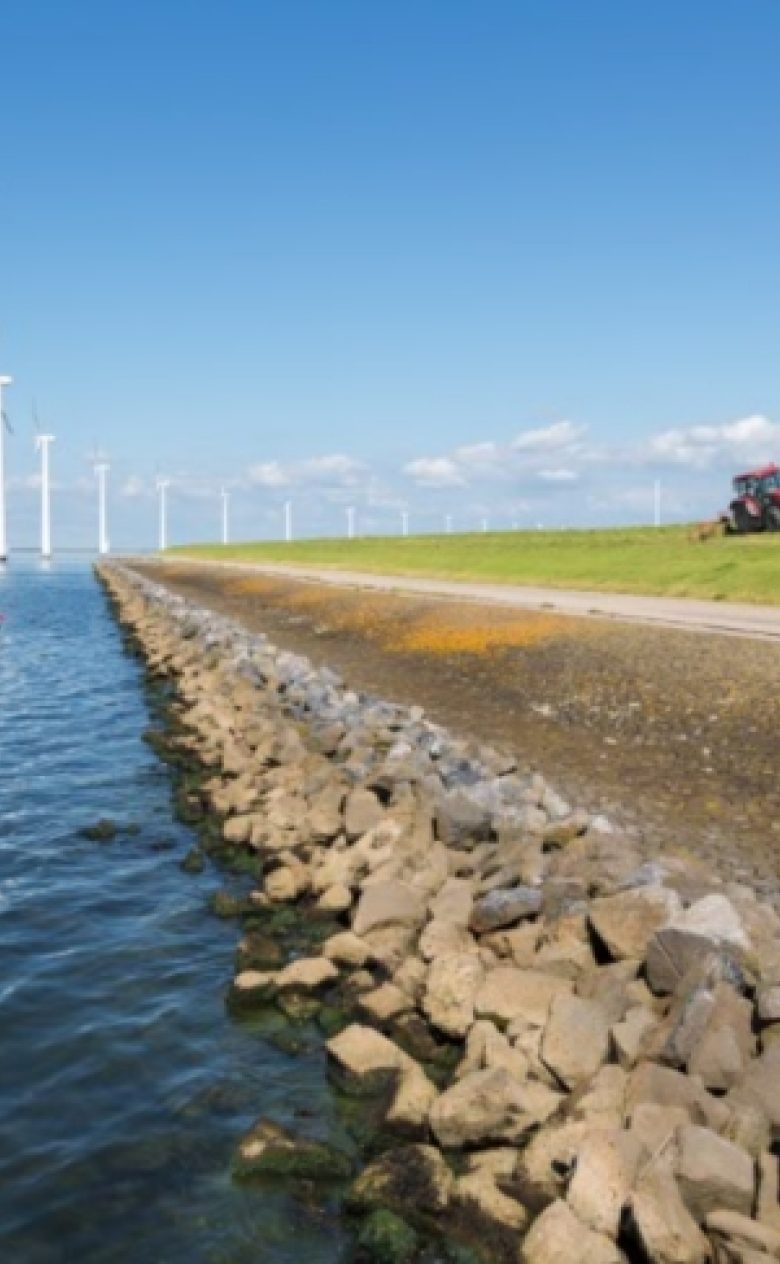ROBAMCI: a system-oriented and risk-based method for managing water infrastructure
Rijkswaterstaat, water authorities and municipal authorities invest about 16 billion euros annually in the construction, management and maintenance of infrastructure such as roads, dikes, waterways, sewers, cables, pipelines and other engineering structures (Den Heijer, 2020). Approximately 6 billion of that amount goes into hydraulic engineering and flood risk management.

The proper management of these infrastructure assets is often a complex puzzle, particularly in view of the enormous challenge of replacing all the infrastructure and engineering structures that were built around the 1960s. The ageing of the materials, as well as changes in the climate, the functions and regulations, mean that those structures are urgently in need of replacement, upgrading or renovation. Policymakers and asset managers want to know what to replace, when and how.
The aim is to strike a balance between quality (the service levels of functions and assets), vulnerability (residual risks in the event of a loss of function) and costs (construction, management and maintenance).
Increasing complexity requires a system approach
Maintaining the balance between quality, vulnerability and costs is becoming increasingly complex. That complexity increases as more functions and managers are involved in the same decision-making process. Climate change, and subsidence, social challenges and new knowledge are important drivers for the increasing use of a systematic and system-oriented basis for the construction, management and maintenance of infrastructure. Society requires transparent choices and accountability, as well as the cross-sector coordination of upgrades and maintenance. ROBAMCI provides guidance for the management of critical infrastructure in the civil-engineering sector on the basis of a risk-based approach.
Risk-based approach for integrated decision-making
ROBAMCI’s risk-based approach to asset management was established by asking thirty parties to analyse fourteen cases of current management issues in the water sector. That resulted in the establishment of a Framework of Analysis and development of the probabilistic software tools needed for the analysis. In this way, life cycle cost, life cycle risks and life cycle performance are determined at the system level in terms of net present value and social risks. The optimal scheduling for interventions in a network, including the separate components, is then derived, in part taking the uncertainties into account.
ROBAMCI has delivered the following (Den Heijer, 2020):
- An approach with anticipatory, system-oriented and integral asset management that provides quantitative information for asset management decisions over time.
- This approach has been tested on current management issues and it has emerged that it delivers added value in several respects: performance (quality), social risk (vulnerability) and costs.
- Collaboration between government, the business community and research institutes It emerged from the cases that all three corners of this golden triangle deliver added value on the basis of their own roles, knowledge and experience.
An important finding of ROBAMCI is that increasing the scale of the problem – in space, time and paths of enquiry – brings new solutions within reach. The scale at which performance, risks and costs are optimised should therefore be seen explicitly as a degree of freedom rather than as a given.
More information, reports, tools and a ROBAMCI serious game can be found on the ROBAMCI website (in Dutch only).
References
- www.robamci.nl
- Den Heijer, F met medewerking van de partners van ROBAMCI (2020). ROBAMCI – Eindrapport. Risk and Opportunity Based AssetManagement for Critical Infrastructures

